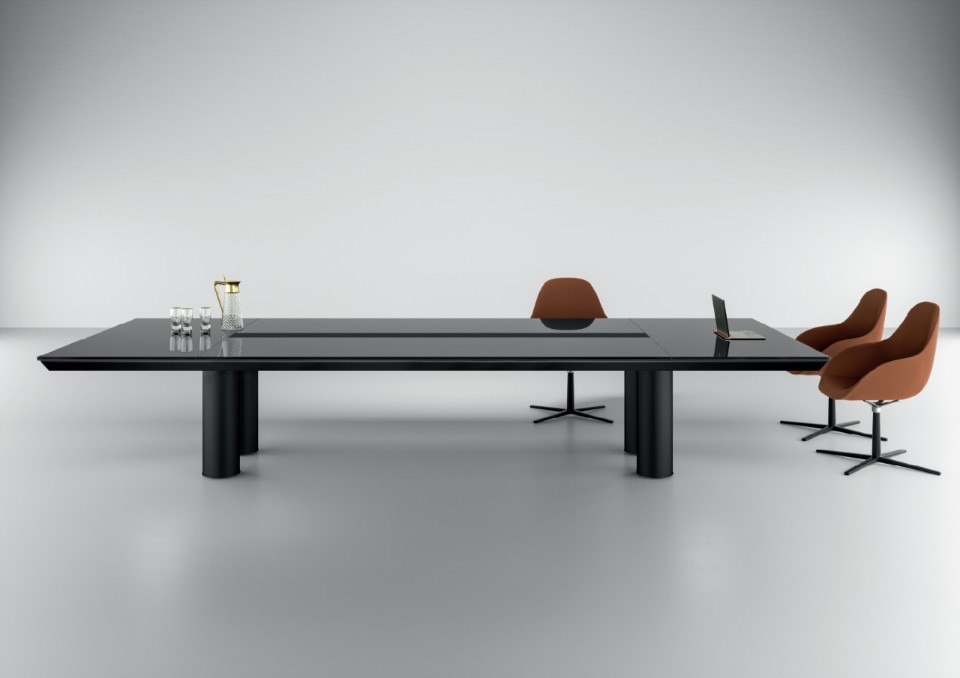I see myself as someone who is best at ‘making’, not just documenting. In this sense I understand the camera as a tool to construct ideas on space or places, or ideas on architecture and landscape. When I teach or lecture I do it in architecture schools, most of my friends are architects, and it is mostly architects who perceive the references to architectural ideas or concepts in my work – a layer which to most non-architects remains unclear or hidden. So, yes, I’m shaped and defined by architecture, and I feel at home there. It is my point of departure – one from which I can create work appreciated by a wider group of viewers.
All the photographers you mention had strong ties with architects. I think that they played an important role in communicating complex concepts such as sprawling suburbias, megacities and research into ephemeral urban phenomena, things that are now common knowledge to architects. But they also succeeded in taking these ideas and making them their own, isolating them as ideas and concepts. And as such they provided a visual equivalent to the endless diagrams that architects were making, yet they have also contributed to the contemporary art world just as much as to architectural discourse. I hope and feel that my work functions in a similar way.
Your most recent project, Refuge, could be described as a group portrait of five cities of the Middle East. One of the things I find most interesting about these photographs is that they are at once familiar and alien – perhaps because you took the uncharted territories of their peripheries as a point of departure, depriving the viewer of many of the usual architectural clues to your location.
My main objective with this project was to create a series of photographs in which Amman, Beirut, Cairo, Dubai and Istanbul disappear as individual cities and as specific places, dissolving instead into a new kind of city, a imaginary urban entity in formation. This premise directed me to specific places in the periphery where pieces of the city are forming, almost like islands, and this accounts for my interest in the refuge camps and gated communities. Besides these two rather extreme examples of ‘refuge’, there are many softer – or let’s say less obvious – examples that can be positioned somewhere in between these two. ‘Garbage City’ in Cairo, for instance, is not gated, but it is a clearly defined and self-controlled part of the city, with a very specific function to the existing city fabric.
Could Refuge be defined as part of a larger, ongoing project documenting the traces of social, demographic and cultural transformations on the contemporary (urban) landscape? In other words, would it be fair to say that your interest is in using architecture and urbanism not as an end in themselves but as a way of reading into contemporary society?
I think it is important to keep things clear. When I photograph, I’m very aware that I must communicate through the medium of photography, through an image. That image has to convey everything I want to say: there should not be the need for a text to explain what we are seeing. I’m not sure if it is possible to ‘document’ social, demographic and cultural transformation through photographs, but I do think that it is possible to show certain abstractions of those phenomena. Simplifications, as it were, which help us understand fragments of an urban world, or which can trigger our interests or imagination in what is actually happening around us.
My work is about the condition of the contemporary city. The architecture we see in a city and in my photographs is not just a background of urban life, but is rather the inevitable result of it. I like to keep my photographs abstract, the way models and ideas can be abstract – the most interesting thing about photography is that you can use real life scenes to evoke fictional scenarios. With photography, a place can be real and unreal at the same time.
It’s interesting that you cite the parallel between the abstraction of an architectural model and the abstraction of photography. Architects typically use models to test existing ideas, but also make new and sometimes unexpected discoveries – is the same true in your photography?
Model representations are useful because they reveal – by simplification or isolation – a fragment of reality. Essentially models are reductions or abstractions. Photography has a similar relationship with reality; it is mainly the reduction – the frame – that constructs the image. Everything outside of the frame becomes irrelevant; but the projection that the viewer creates outside the frame becomes the actual space of the image.
I use the camera mainly to exclude things from the frame. To make the photograph more coherent, or simpler, I try to reduce the context as much as possible, allowing you to focus on one particular idea of a place.
When working I spend a couple of day’s in one area, returning to the same location several times, but it’s only when I set up the camera and look through the matte-screen that I make discoveries. I then quickly draw or write down what I think about the image that I saw through the camera, and later, during scanning and postproduction, I try to get as close as possible to the idea that I had while photographing. So yes, you could say I use the photographs as a way to construct an idea, and the camera/frame helps me to see it.
In Refuge, a recurring theme in your work returns, which is the ubiquity of the modernist reinforced-concrete slab-and-column structure. It's something you've looked at before, particularly in the extra-urban landscapes of Eastern Europe: a kind of universal neo-vernacular strongly reminiscent of Corbusier's Maison Domino. Could you talk a bit about your interest in contemporary vernacular architecture, a strong theme in your work and particularly in Refuge?
From China to Northern Africa and Eastern Europe, the concrete Maison-Domino-like structures frequently recurs as the simplest and cheapest possible structures to be built by a single family on a small plot of land. They are usually then filled in with local bricks, and probably that restriction to the use of local material is what brings vernacular architecture to mind - not in a traditional or nostalgic sense, but in a rather harsh, globalised version.
It is fascinating that Maison Domino, the quintessential modernist prototype conceived as a universal answer to the housing problem, has in the end inspired the method of choice for informal construction, with or without the help of architects. The many interpretations of the famous Maison Domino prototype I’ve seen are a clear indication that it has become the most universally successful type of construction, but nothing prepared me for Cairo, where this structural system is really pushed to the limits – not only because these buildings in red brick-and-concrete grids rise to 16 or 17 floors, but also because three quarters of the city is constructed in this way. It is a mesmerizing fictional experience: driving on an elevated highway through this city of red brick towers, trying to imagine who is actually living there.
This is an example of an architectural citation that resonates particularly clearly with architects, but in the Refuge series I have also photographed structures that resemble Malevic’s Architektons, a black cube building that cites the Kabaa, and a version of the Tower of Babel in Dubai. I often try to double a photograph with an architectural concept or vision, or look for a dialogue with an image by another photographer. When photographing ‘Ring Road Cairo’, for instance, I was thinking of Albert Renger Patzsch’s photograph of Zeche Bonifacius – it shows a coalmine building consisting of two towers with a metal skeleton with brick infill, in Bauhaus style – a striking image of modernist architecture.
Do you think architectural photography (or at least photography that deals with architectural themes) has lost interest in the individual? Broadly speaking, over the past half century there has been a gradual shift in interest and scale from the dwelling or the street (for example Nigel Henderson’s work on street life in East London that was so inspirational to the Smithsons) to the more detached, impersonal scale of the cityscape.
I think that the main focus within architecture in general has shifted from that urban middle scale of streets and neighbourhoods in two directions: towards the architectural object and simultaneously towards the scale of the city. It seems fair to say that in most architectural photography, the interest has changed correspondingly, toward the architectural object on the one hand and the cityscape on the other. That means that the so-called ‘middle distance’ has not been used as much in recent architectural photography. It is exactly in this middle distance that the human figure becomes an interesting element: it cannot be shown as the main subject, but will always be defined by the relationship with its surroundings, to put an extra meaning or layer on the landscape or object that is photographed.
Some of your previous projects, particularly Artificial Arcadia, presented a vision of the contemporary landscape as something almost invariably artificial, even when there is no sign of human intervention. This idea of nature as something plastic and manipulable resonates with the work of a lot of your contemporaries in the field of architecture, particularly Dutch practices such as MVRDV. The landscapes you depict are often bleak and desolate but also incredibly beautiful – do you think that artificiality is loosing its cultural stigma?
West 8, MVRDV, OMA and so on belong to a generation that extrapolated the idea of the ’artificial landscape’. For my generation this notion already existed as a given, and we didn’t have to battle with it; we understood that the distinction between natural and artificial is utterly unclear, and that this ambiguity is our ‘natural’ condition. This is where I start in my photography: I like to work with this ambiguity instead of focusing only on the artificial. For me the beauty of Holland, for instance, is in the fact that there always seems to be something missing; with all its design effort, it seems incomplete, it is always in the process of being finished, but never quite getting there. I like that feeling and I try to put it back into the photographs that I make.
Your photos of Dubai hint at a subject that in recent years has become something of a flashpoint for ethical debate within the architectural profession: the emergence of a new global underclass of migrant workers, without whom many of the works this decade will be remembered for (the 2,800 ft. Burj Khalifa tower, for example) would not have been possible. Was this central or tangential to your interests in Refuge?
It’s interesting to note – and I only realised this after making the selection of images – that the workers are the only human presence in these photographs. They are the workforce building this city. Both Sunapur in Dubai and Manshiet Nasser in Cairo can be seen as ‘service cities’: areas where low-paid workers, mostly immigrants or minorities, are housed – groups of people that carry out important urban functions such as construction work in Dubai or garbage collecting and recycling in Cairo. I went there mainly because I had the feeling these places are the most contemporary urban spaces that can be seen in those cities. Sunapur, the workers camp that reaches out into the desert in Dubai, already houses around 150.000 people, which makes it one of the city’s biggest neighbourhoods. It’s not hidden, as some people think, it is just one of the many new urban extensions into the desert, next to a posh gated community and a themed middle-class suburb called International City. That, in essence, is how I tried to photograph these places – as new extensions to the contemporary city.
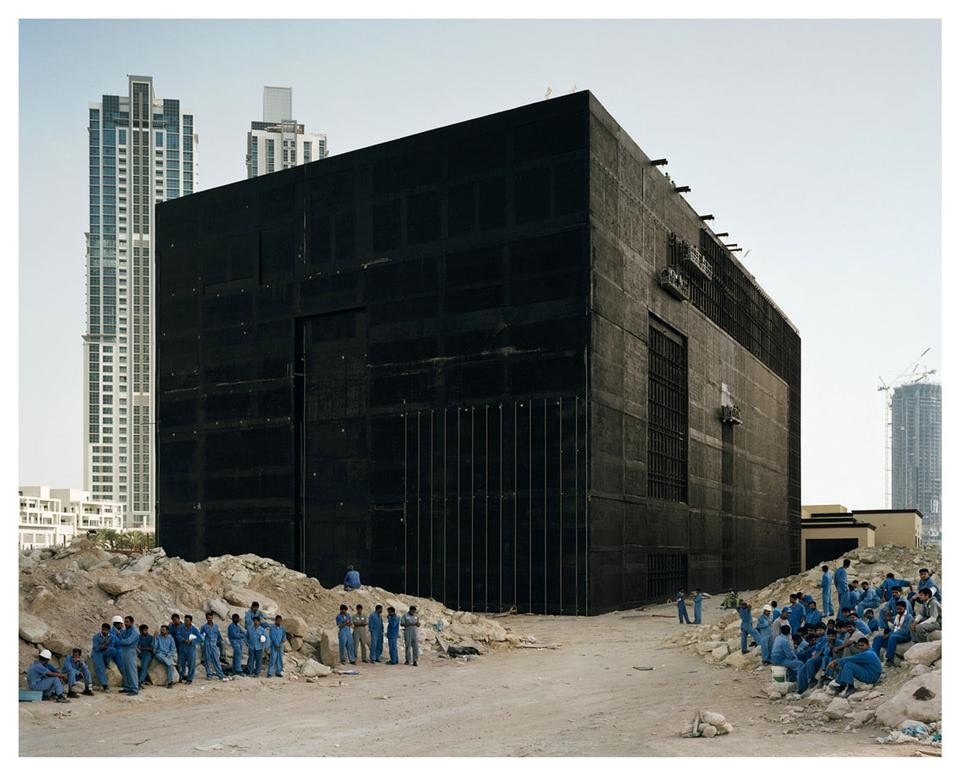
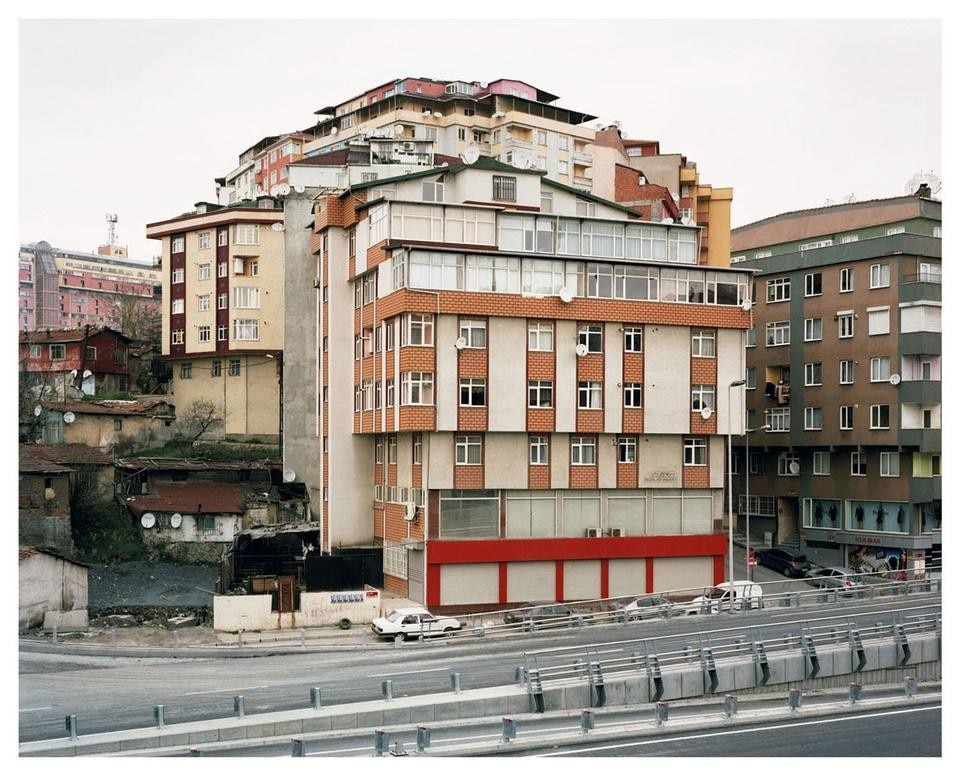
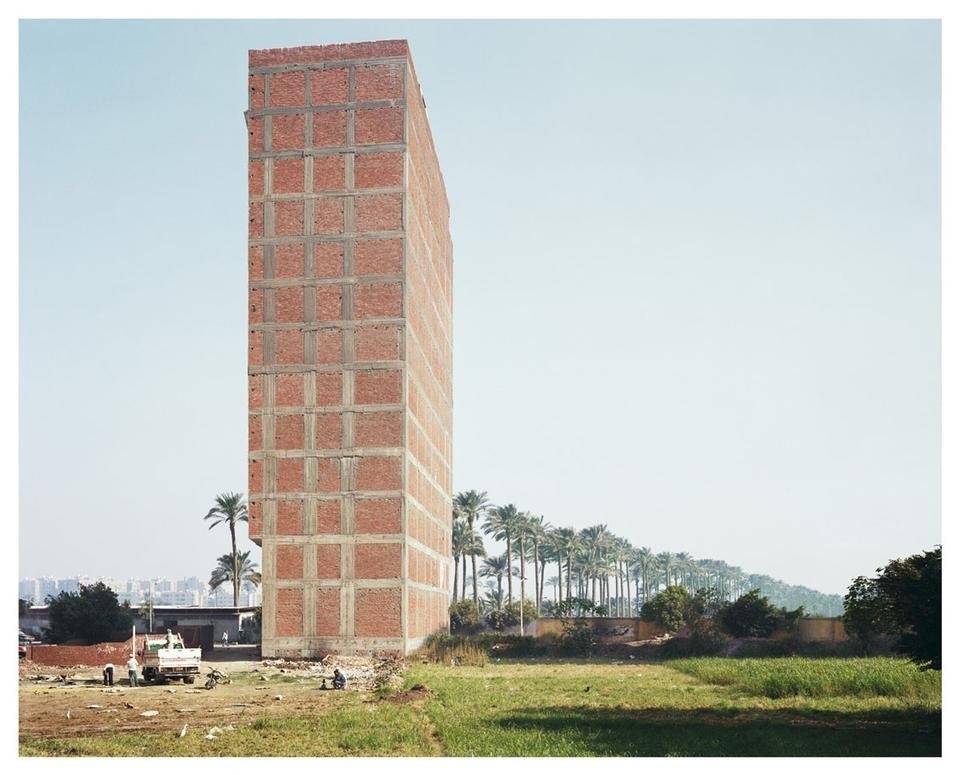
%20Cairo,%202009%20srgb%20_big.jpg.foto.rmedium.jpg)
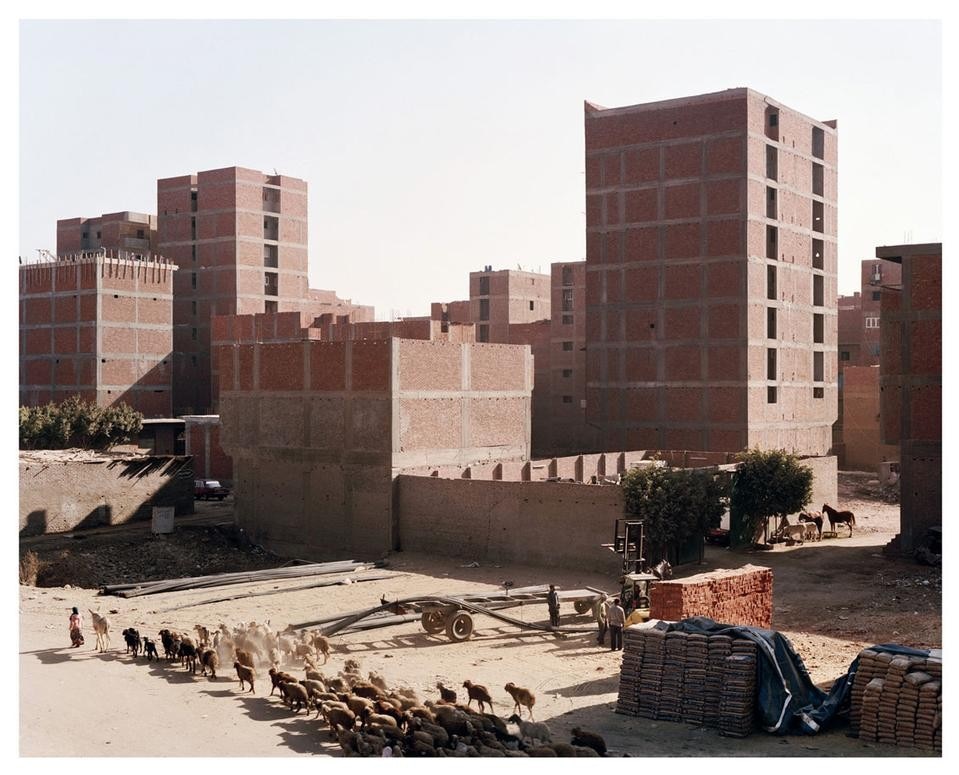
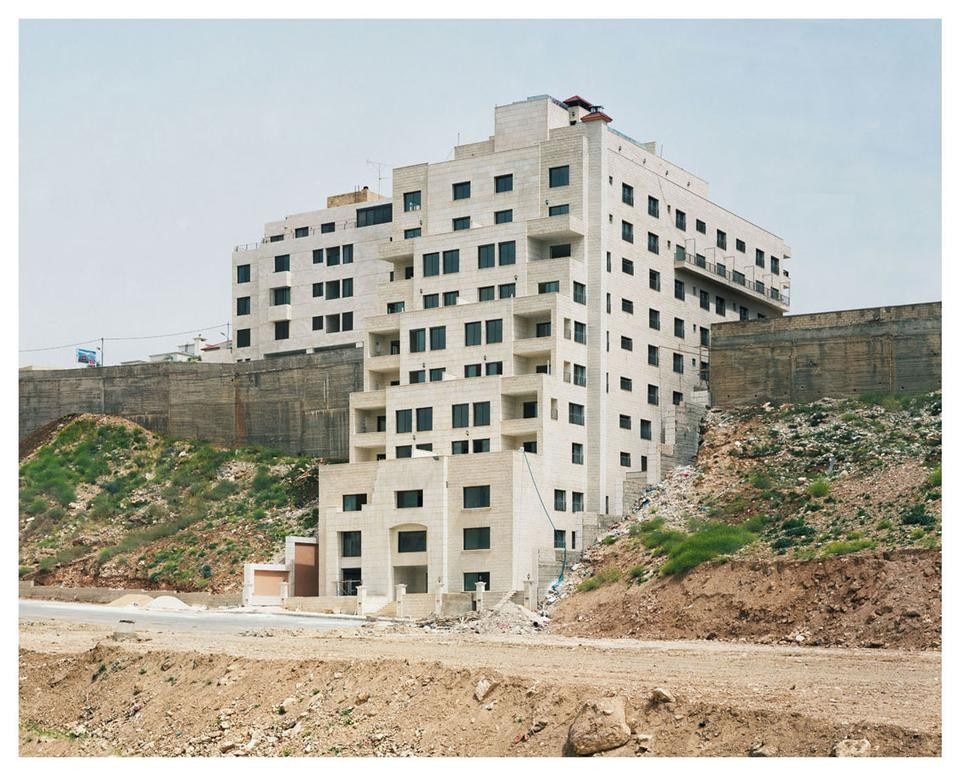
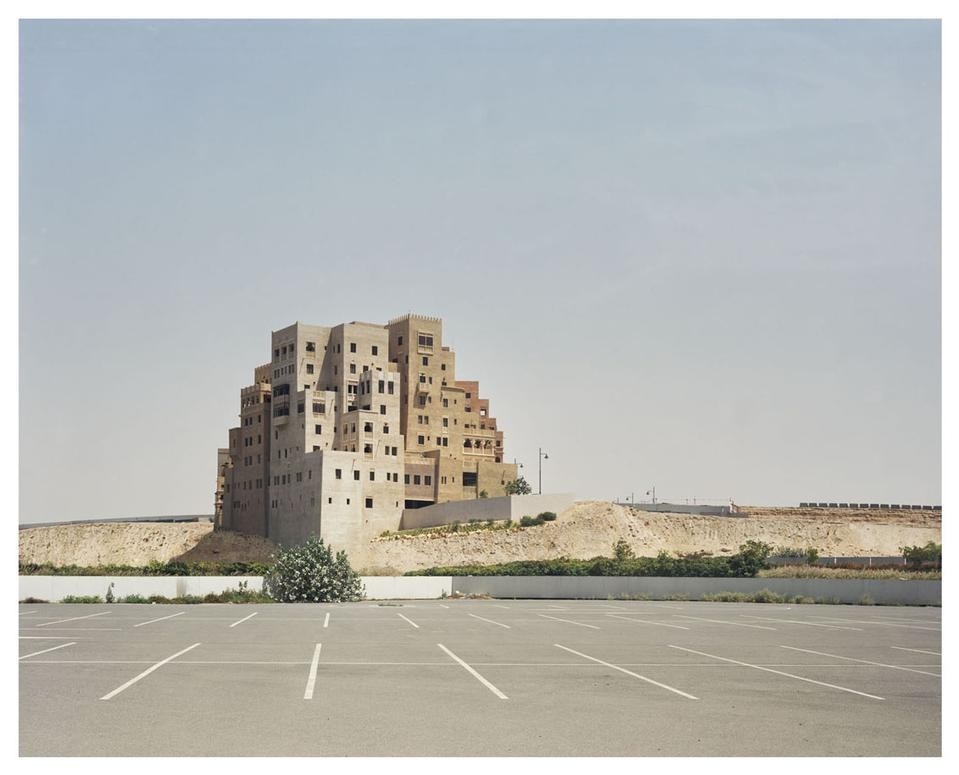
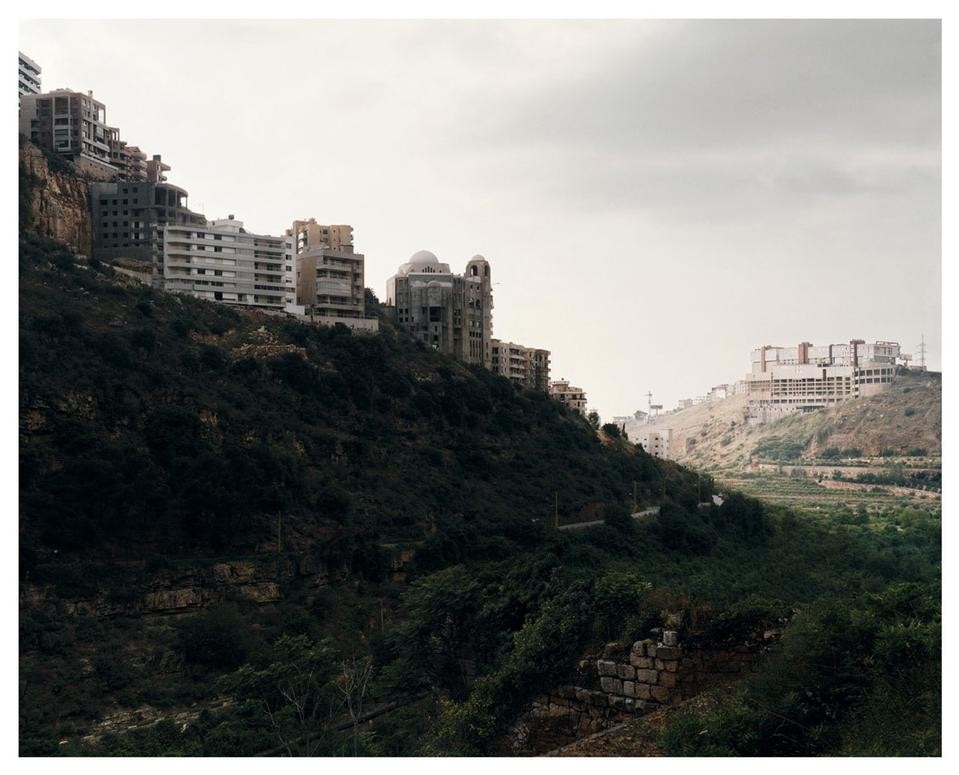

The New Brevo House by Pedrali
Brevo has given its Parisian headquarters, La Maison Brevo, a major makeover, prioritizing innovation and employee well-being for its 400 staff members. The furnishings, curated by Pedrali, transform the 3,000 sq m of interior and exterior space into dynamic, stimulating environments that foster collaboration and diverse work styles.



